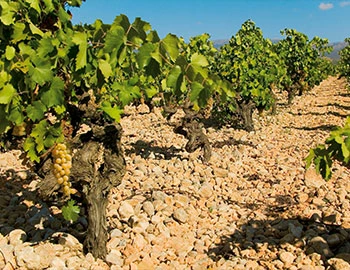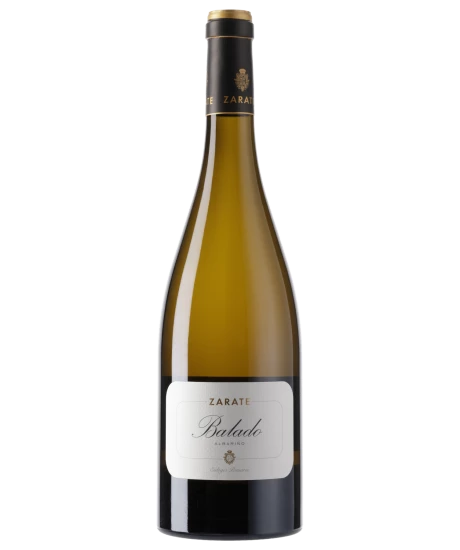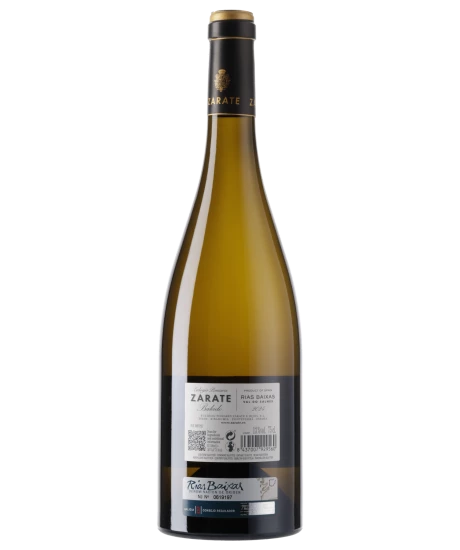Balado Albariño 2024
Balado Albariño 2024
DO Rías Baixas, Bodegas Zárate, 750 ml

Single vineyard Albariño with character
- From a small single vineyard with over 60-year-old vines, surrounded by a traditional granite wall – «Balo» in Galician.
- Delicate minerality, cool citrus freshness and elegant depth. Flint and light fruits on the nose; juicy and creamy on the palate, with salty minerality and precise acidity.
- Perfect with oysters and seafood – or simply at sunset by the water.
Description
The Balado comes from a small single vineyard with two plots of over 60-year-old vines, surrounded by a traditional granite wall – «Balo» in Galician. Aged in stainless steel tanks and matured on the lees for six months, it shows clear contours: fine minerality, cool citrus freshness and elegant depth. Flint, lemon balm and light-coloured fruit on the nose; juicy, slightly creamy on the palate, with salty minerality and precise acidity. Perfect with oysters, seafood – or simply with a sunset by the water. And if you have a little patience: With a bit of ageing, this Albariño will reach top form. Translated with DeepL.com (free version)
Attributes
| Grape variety: | Albariño |
| Producer: | Bodegas Zárate |
| Origin: | Spain / Galicia / Rías Baixas |
| Ripening potential: | 1 to 5 years |
| Drinking temperature: | 10 to 12 °C |
| Food Pairing: | Moules à la marinière, Seafood salad, Bouillabaisse, Fish ragout with saffron sauce, Oysters |
| Vinification: | fermentation with grapes' own yeast, fully destemmed, short must fermentation, soft pressing, fermentation at low temperatures |
| Harvest: | hand-picking |
| Maturation: | in steel tank |
| Bottling: | filtration |
| Volume: | 13.0 % |
| Note: | Contains sulphites |
Bodegas Zárate
Located in the heart of Galicia, in the renowned Rías Baixas region, you will find the traditional Spanish winery Bodegas Zárate – a name synonymous with quality and pioneering spirit. What began in 1707 with Diego Zárate y Murga, the first Marquis of Montesacro, has now developed into one of the most important addresses for authentic Albariño.
The Zárate family has been cultivating and protecting its own vineyards for seven generations. That's more than 400 years of history and tradition, linked to a land that expresses itself through its wines. The winery's vineyards cover 6.54 hectares, spread over eleven plots in the municipalities of Sisán and Padrenda, in the Salnés Valley – an area considered to be the birthplace of Albariño. The barren, sun-drenched soils, combined with the Atlantic climate, create optimal conditions for this grape variety. Many of the ungrafted vines are over 100 years old, and thanks to their deep roots, they produce expressive wines. Zárate stands for natural, down-to-earth wines that perfectly reflect the characteristics of the region. The wines are never loud, but elegant and precise – Albariño in its purest form.
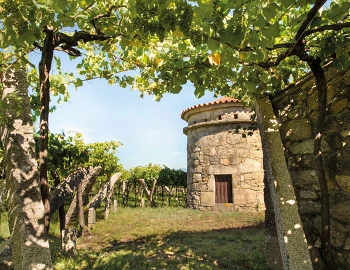
Albariño
Sea-fresh to sea-fish
from the northwest of the Iberian Peninsula. In addition to a floral scent and flavours of orange, citrus, peach and green apple, these wines often present a slightly iodine note. It is actually preferably drunk in its homeland with seafood: in Spanish Galacia with octopus, blue mussels or "percebes" (goose barnacles), which resemble little elephant feet and are fished by locals risking their lives on the Atlantic surf. Across the border in Portugal, the Alvarinho grape, as it is called there, is the main actor in the summer wine Vinho Verde. This pairs best with grilled sardines and the national fish, bacalhau. Albariño is traditionally enjoyed from flat clay cups.
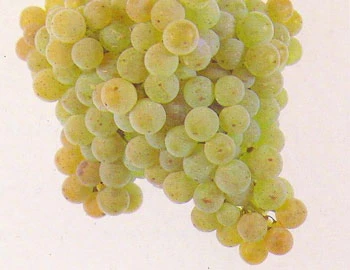
Albariño
Sea-fresh to sea-fish
from the northwest of the Iberian Peninsula. In addition to a floral scent and flavours of orange, citrus, peach and green apple, these wines often present a slightly iodine note. It is actually preferably drunk in its homeland with seafood: in Spanish Galacia with octopus, blue mussels or "percebes" (goose barnacles), which resemble little elephant feet and are fished by locals risking their lives on the Atlantic surf. Across the border in Portugal, the Alvarinho grape, as it is called there, is the main actor in the summer wine Vinho Verde. This pairs best with grilled sardines and the national fish, bacalhau. Albariño is traditionally enjoyed from flat clay cups.

Albariño
Sea-fresh to sea-fish
from the northwest of the Iberian Peninsula. In addition to a floral scent and flavours of orange, citrus, peach and green apple, these wines often present a slightly iodine note. It is actually preferably drunk in its homeland with seafood: in Spanish Galacia with octopus, blue mussels or "percebes" (goose barnacles), which resemble little elephant feet and are fished by locals risking their lives on the Atlantic surf. Across the border in Portugal, the Alvarinho grape, as it is called there, is the main actor in the summer wine Vinho Verde. This pairs best with grilled sardines and the national fish, bacalhau. Albariño is traditionally enjoyed from flat clay cups.

Rías Baixas
Rias Baixas: with the crispness of the cool Atlantic
Whenever the Spanish wine country is mentioned, one usually thinks first of full, fruity red wines with a Mediterranean charm. In the Rias Baixas, however, on Spain’s north-western tip, distinctly crisp white wines result from the influence of the cool Atlantic. These are mainly vinified from the Albariño variety, but also from Treixadura, Loureira and Godello. The fruity crus harmonize splendidly with fish dishes and also with Asian cuisine.

Galicia
Galicia: shaped by the cool Atlantic
Situated in the far northwest of the Iberian Peninsula, Galicia is like a tip which pushes west toward the Atlantic Ocean, north of Portugal. In keeping with this exposed location, wines made here, with their fresh, straightforward character, depart strikingly from the general style of Spanish wines. With four cultivation areas with DO status, Galicia is drawing noticeably more international interest. White wines from autochthonous varieties are mostly produced here.
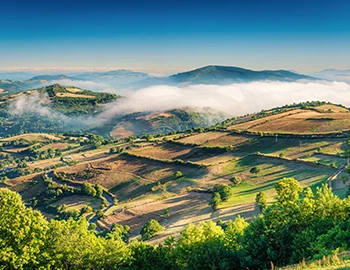
Spain
Spain – Variety and perfection
“Somewhere in la Mancha, in a place whose name I do not care to remember...,” begins Don Quixote's odyssey.
The most famous part is definitely when Don Quixote thinks windmills are his enemy and wants to fight them – until they nearly kill him. It’s possible there was a bit too much of the La Mancha wine at play. Spanish vines fight for their survival in rugged landscapes, battling fierce drought and rough soils. But they fight well.
